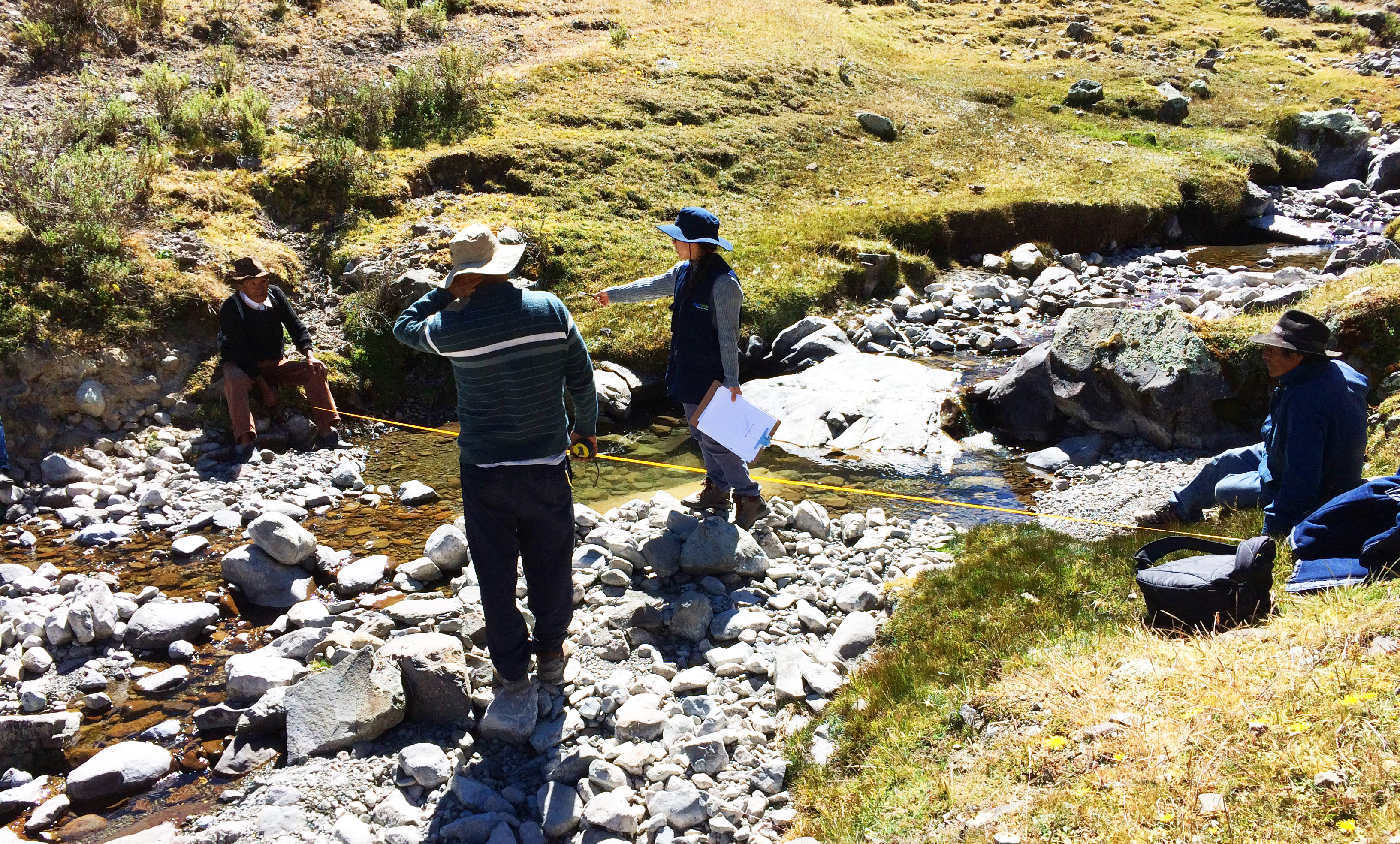The value-form transformations in Lima watershed
Value-form and landscape processes
The form of value is not the commodification, since “the commodity is a moment in the circulation process of value” (Curry 1997). The value-form is spatial uneven development; therefore, it is the realization via circulation, the geographical transfer of value. Thus, value is a preliminarly object that allow other things and values to become. At the urban and its further inland stage circulation operates in a manner Kaika and Swyngedow called “the urbanization of nature”1.
It is the circulation or the becoming?
Landscape change in Lima watershed emerges from the social form that accompanies its explicit physical form, merged in a system of territorial congruence. This superstructure along with the (green) infrastructure is the hydrosocial territory (Boelens et al. 2016)2. Here it has developed historically through the water management practices to become a cultural landscape and a social network composed by several actors that now are accompanying the institutionalized programme of the nature-based solutions-NbS.
NbS functions as landscape template, is the “green” component of a consensus predicated upon ecological values, and at the same time allow for usual capital reproduction, circulation and accumulation. The above mentioned template is supported and marketed employing moral arguments not political decisions.
 Surveying water resources in Lima headwaters (Source: Aquafondo 2019)
Surveying water resources in Lima headwaters (Source: Aquafondo 2019)
Water circulation and the geographical transfer of value
This described socio-spatial configuration appears as “the mutable spatiality of the geographical transfer of value” (Soja 1996)3. A public-private partnership controls the provision of both water and energy from the headwaters downwards to Lima. This metropolitan area is producing more than 50% of Peruvian GDP. Hommes and Boelens (2018)4, found that “socio-cultural, legal-institutional, economic and physical-hydrological arrangements are reconstituted” to bring about water resource and energy supply towards Lima.
SbN and MeReSE (Mechanism for Returning the Ecosystem Services) schemes are a further movement in the relations of center-periferia that have been working in the domain and relations of water resource management in Lima watershed for decades. Identification and description of these power relations would provide insights to reaccomodate resource management framework and perhaps to fix unequalities in the actual governance practice.
Water and the realization of the cultural landscape as territorial governance
The value-form circulation of water and its transformation to societal value across Lima watershed is related to the decision-making capacity of individuals in the highlands. The recognition of the huge value and the agency over these economic transformations is a variable that can modify also the emerging territorial congruence.
Current institutional arrangement allows both the highland communities to negotiate the territorial configuration and its resources, and the geographical transfer of value downstream (e.g. participative budgeting, watershed council, etc.). The value-form of water is realizing into a social driven territorial governance adressing physical capital distribution towards the headwaters. However, the masive power of public and private institutions based in Lima is preventing them to grasp the command of the circulation.
Several reasons could be argued regarding the full implementation of the governance, but these have in common the distrust of these institutions to negociate on actual value returns with the population living in the highlands. SbN and MeReSE may set a intermetiate stage in the transition to a governance model that permits an increased flow of returns from water value realizations in Lima. Current model is private-oriented with a constellation of actors and a regulatory body (SUNASS). An increase of invesment in green infrastructure directly related to the living at the highland, may be considered as the begining of the return flow.
References
-
Maria Kaika, Erik Swyngedouw. 2014. Radical urban political-ecological imaginaries. Dérive 55: 15-20. ↩
-
Rutgerd Boelens, Jaime Hoogesteger, Erik Swyngedouw, Jeroen Vos, Philippus Wester. 2016. Hydrosocial territories: a political ecology perspective. Water International 41(1): 1–14. Routledge. ↩
-
Soja, Edward. 1989. Postmodern Geographies: The Reassertion of Space in Critical Social Theory. New York: Verso. ↩
-
Lena Hommes, Rutgerd Boelens. 2018. From natural flow to ‘working river’: hydropower development,modernity and socio-territorial transformations in Lima’s Rimac watershed. Journal of Historical Geography 62: 85-95. Elsevier. ↩